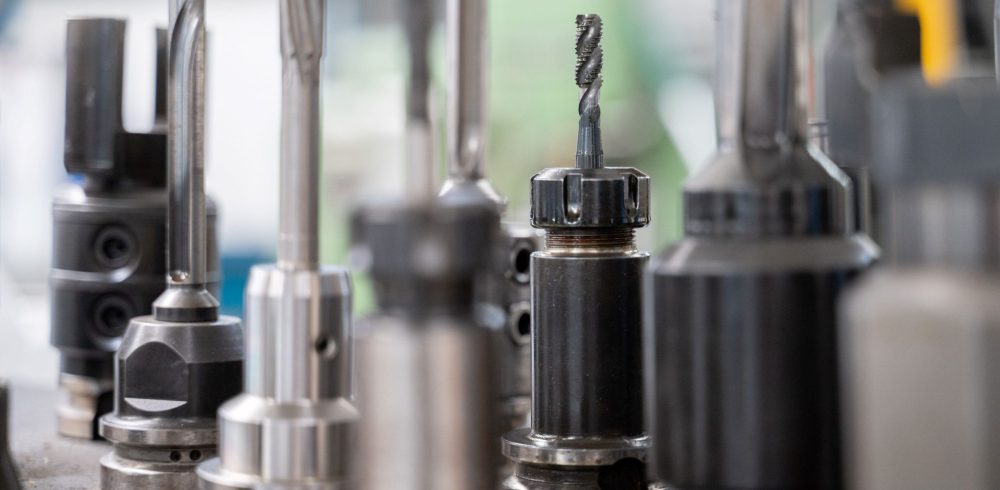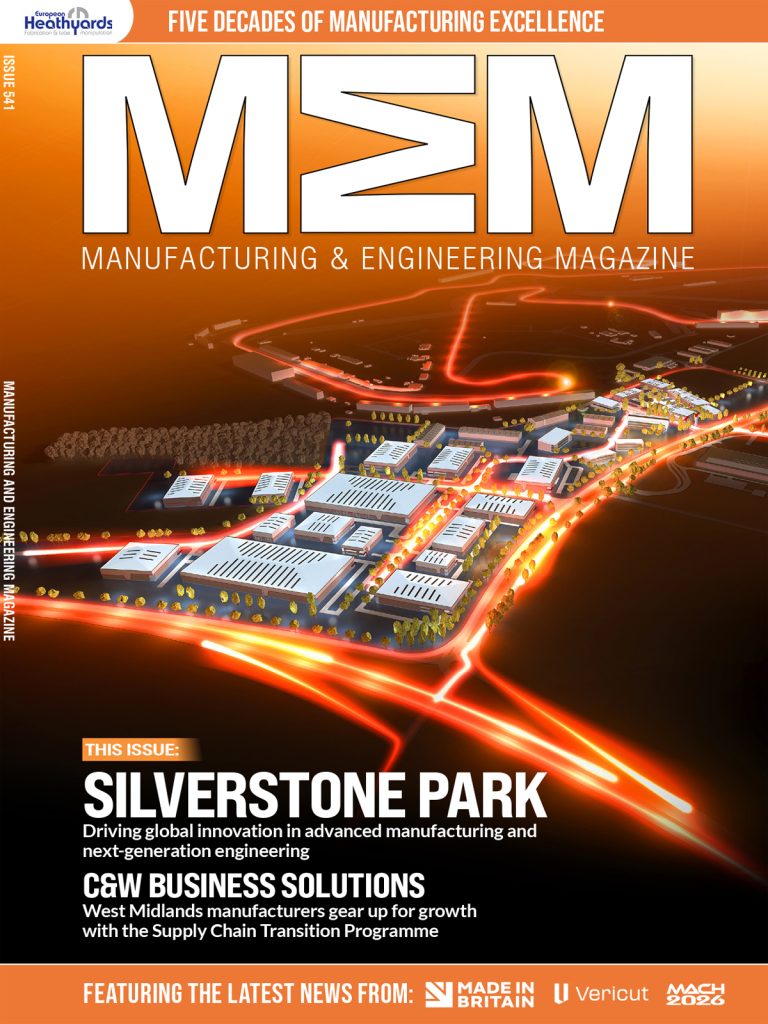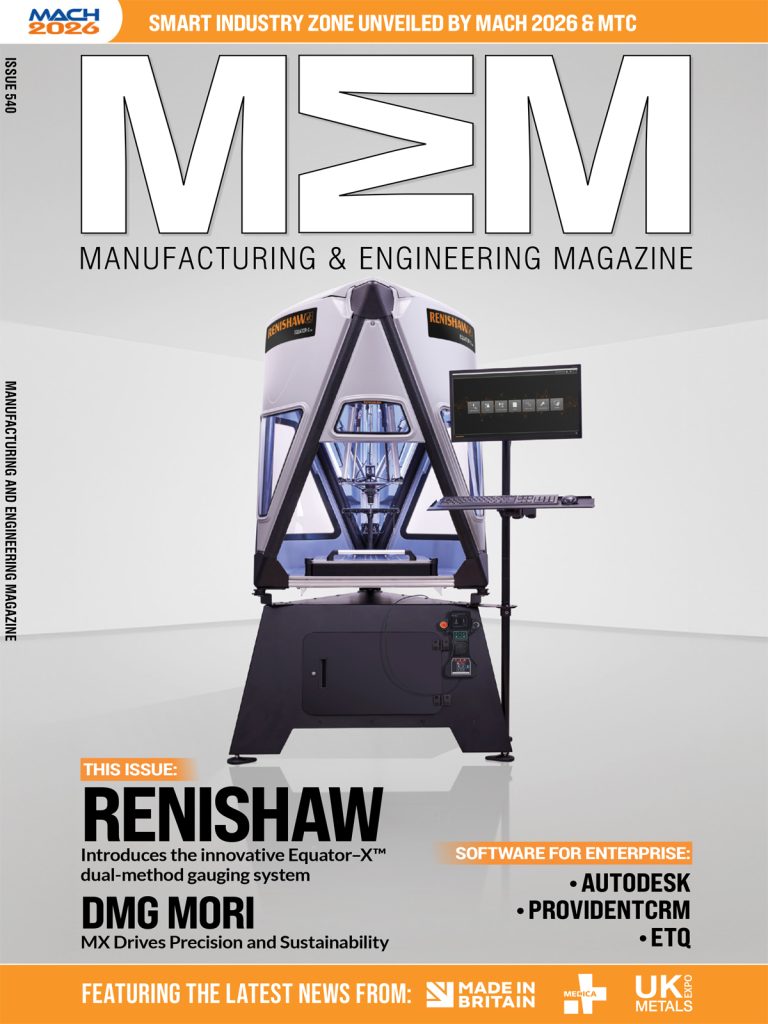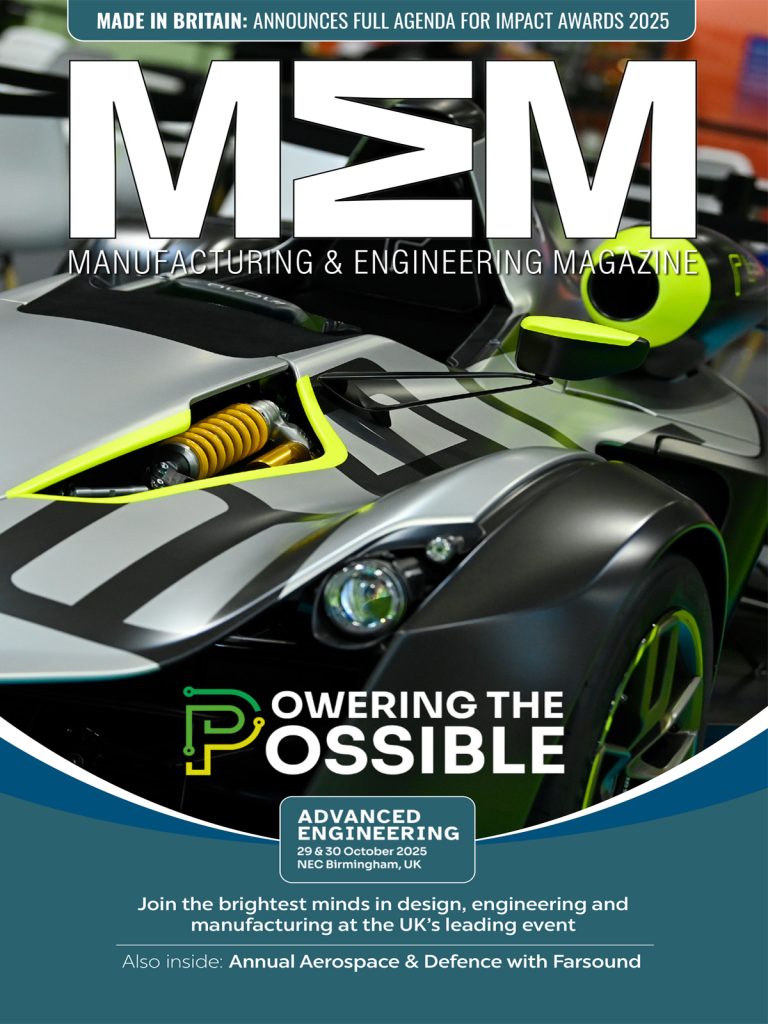As a manufacturing company, you’re only making money when the spindles are turning. Automation can help maximise that time, but where does that leave human workers? With more time to spend doing what they are best at, says Steve Nollett, operations manager at heavy vehicle steering parts specialist Pailton Engineering.
At its core, automation isn’t just about machines running longer, it’s about making better use of human potential. When workers are freed from the grind of constant loading, unloading and monitoring, they’re able to shift their focus to solving problems, refining processes and maximising the capabilities of new technology.
This is a cultural change as much as a technological one, challenging long-held practices and encouraging teams to think creatively about how to work smarter. Automation isn’t about replacing jobs, it’s about elevating them.
Pailton Engineering recently invested in a HAAS EC-400 machine with seven pallets that it can manipulate automatically. The previous machine had two pallets, each loaded by an operative every 30 minutes or so. That operative had to be present every half an hour to unload new parts and reload the machine with stock, greatly limiting their capacity to do other work.
With the same cycle time of 30 minutes but seven pallets, the new machine can run unmanned for three and a half hours. Usually, the day shift loads the machine, and the night shift unloads it, creating a lights-out ‘afternoon shift’.
Tool life monitoring
We’re also able to minimise waste by setting the machine up with sister tooling. After a certain number of jobs, the machine probes the tooling to see if it’s worn. If it recognises a broken or worn tool, the machine automatically switches out for a new one.
As long as the changes are written into the programme properly and the correct tools are in each holder, this eliminates the risk of coming back to seven pallets of scrap. In-machine probing also eliminates the time cost of manually removing the tooling, measuring it and either reinstalling it or replacing it with a new one.
At the beginning of this process, we installed our existing fixturing on the new machine. But the time savings from the machine allow our skilled workers and programmers to consistently work on optimising the system. For example, investigating how developing multi-sided fixtures, or tombstones, could improve efficiency by adding more jobs to each pallet.
Instead of focusing their time on loading and unloading machines, staff can use their expertise in the tool shop to work out ways to maximise the benefits of the technology.
In addition, steel forging work can be labour intensive. If an operative is running two machines with a slow cycle time, they could start to get fatigued by the end of a seven-hour shift. If a worker normally produces ten parts an hour, fatigue might reduce that to eight by the end of their shift, potentially creating a backlog.
Fatigue also increases the risk of errors with quality control. Using tools like verniers, micrometres or bore gauges to measure parts requires careful attention and someone could misinterpret results if they are fatigued after spending hours lifting heavy parts.
Changing perceptions
You often hear people say, “if it ain’t broke, don’t fix it”, but that mindset can lead to workers performing laborious, tiring or potentially dangerous tasks just because they’ve always been done that way.
We’re looking at changing the culture to be more about looking after the workers. Whether it’s constantly running between machines, repeatedly bending down to pick up parts or lifting 20kg every half an hour, if we can automate one of those processes, it will take strain off our workers.
Often, people see automation as a threat — they think that their company is trying to replace them with a machine. The truth is that we want people to stay with us longer, and we can encourage them to do that by reducing the amount of physical labour in their role.
Around the world, the workforce is getting older. According to the Engineering Council, the average age of an engineer in the UK is 54, so it’s especially important to make sure that jobs are not more physically demanding than necessary.
If someone injures their back outside of work or develops a joint problem, that could impact their ability to work if their job is labour intensive. With automation, they don’t need to worry, they can still carry out high-value work without exacerbating an existing issue.
Modernising the workplace also encourages the next generation to consider engineering as a career. For example, young people or women might feel more comfortable applying for a position if heavy lifting is not a major part of the job.
Future trends
The next step is expanding automation to other sections of the business. For example, Pailton Engineering has already invested in an automated scanning machine on the quality control side to check finished parts. It can do a full scan in three seconds, so teams can now carry out more checks in the same amount of time, which reduces waste by identifying any deviation sooner.
We have also acquired a Matsuura MX520 which will give us more capacity. The MX 520 is a 5-axis machining centre, and that additional movement on the table means we can apply automation to other ranges of steering parts.
Further down the line, using collaborative robots (cobots) to automate loading or unloading of these machines could increase the amount of time they can run unsupervised. Eventually, there would be an entire third shift running lights-out.
A new middle shift could potentially reduce prices or shorten lead times for customers. The extra output already helps Pailton Engineering meet demand without compromising on quality.
Automation introduces possibilities that extend far beyond simply keeping machines running. By removing the need for constant manual intervention, it creates space to rethink how tasks are structured and prioritised. For skilled workers, this means less time spent on repetitive labour and more time dedicated to refining fixtures, optimising programmes, and finding smarter ways to utilise advanced equipment.
The shift to automation isn’t just about doing more with less; it’s about enabling the workforce to operate at its full potential.
Manufacturing & Engineering Magazine | The Home of Manufacturing Industry News









